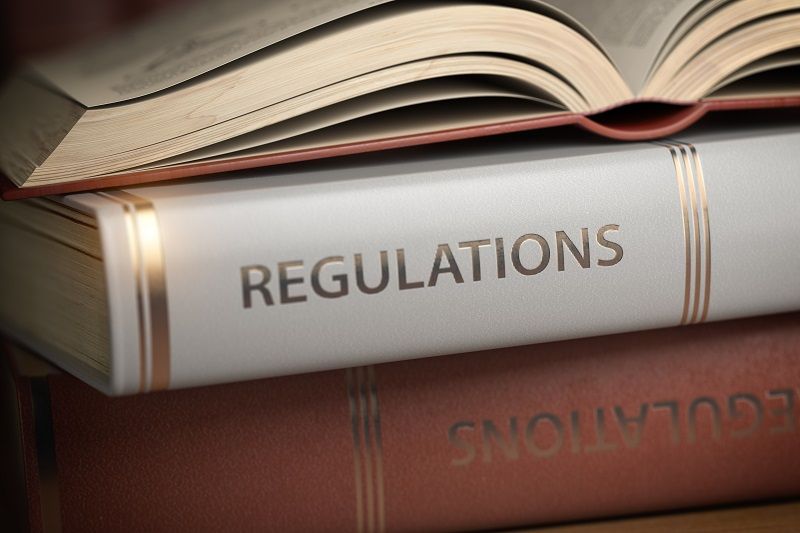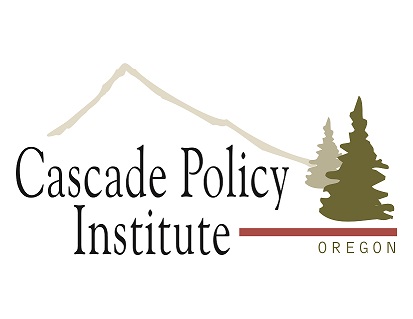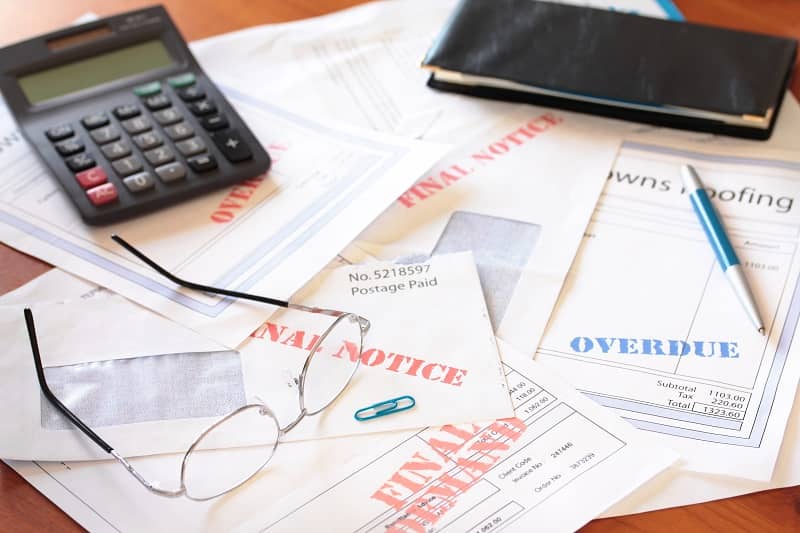During the past decade, it has become popular for individuals, businesses, and universities to brand themselves as “green power” supporters. Some have done this by installing actual generating facilities such as solar panels. However, for most people, this is too costly, so a new option has arisen for them: renewable energy certificates (RECs).
A REC is not a physical thing. It is simply an accounting mechanism purporting to represent the “environmental amenities” associated with one megawatt-hour of electricity generated at certain qualifying facilities. Every time a megawatt-hour of power is produced, the electricity is sold as one commodity, and a REC is created as a separate commodity. The two are not necessarily sold at the same time, or to the same buyer.
What are these “environmental amenities”? No one actually knows. To take a hypothetical example: If you bought a REC associated with a new hydroelectric facility, a potential environmental benefit would be the lack of air pollution from that facility. But the hydro dam probably would have several environmental “disamenities” such as fish mortality and loss of recreational opportunities to river users. The net effect might be zero environmental gain, depending on how one values the trade-offs.
The question becomes much more complicated for intermittent sources such as wind and solar. Since those generators don’t produce any useful output most of the time, they must be continually backed up by other sources (known as “spinning reserve”). This is a requirement of the electrical grid, where electricity demand and supply must be in equilibrium at all times to avoid blackouts.
If wind and solar facilities must be backed up, then in order to quantify the “environmental amenities” of an individual REC, we would need to know exactly where the back-up came from. In order to learn more about this last year, I assigned a number of bright college students the task of identifying specific RECs (by the unique number assigned each one) and then investigating what sources (if any) were being used as spinning reserve. It turns out that finding such information is impossible. We asked electric utilities, REC brokers, and state utility regulators. All denied our requests.
The contrast between the green energy field and the “sustainable agriculture” industry on this point is stark. If you walk into almost any fine restaurant or supermarket and ask where the produce or beef came from, the information will be readily available. In fact, managers are likely to launch into an extended dissertation about the virtues of “local sourcing,” “organically grown” crops, and “humanely raised” animals.
However, if you ask similar questions about the qualities of a REC you just purchased, you will hear the sound of silence.
The evidence shows that RECs are actually a fake commodity, created out of thin air, and that consumers who purchase them are being bilked. This is all documented in a Cascade report released in May.
As a follow-up to this research, Cascade has asked Attorney General Ellen Rosenblum to investigate the REC market for fraud under the terms of the Oregon Unfair Trade Practices Act. As of this writing she has yet to respond.
In the meantime, consumers would do well to steer clear of the REC scam. A prominent circus promoter once claimed, “A sucker is born every minute.” There is no need to be part of the evidence that proves him right.
John A. Charles, Jr. is President and CEO of Cascade Policy Institute, Oregon’s free market public policy research organization.











